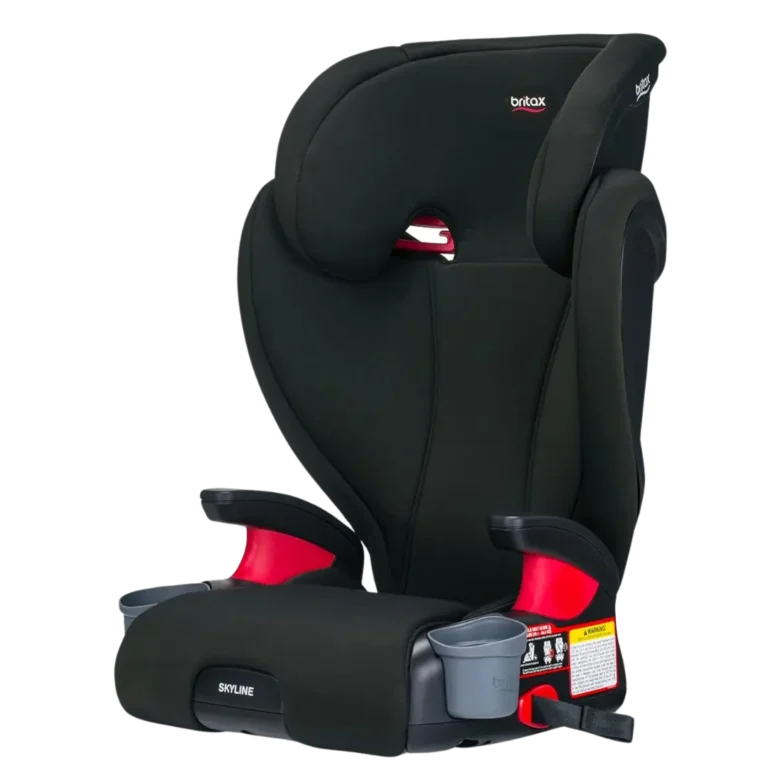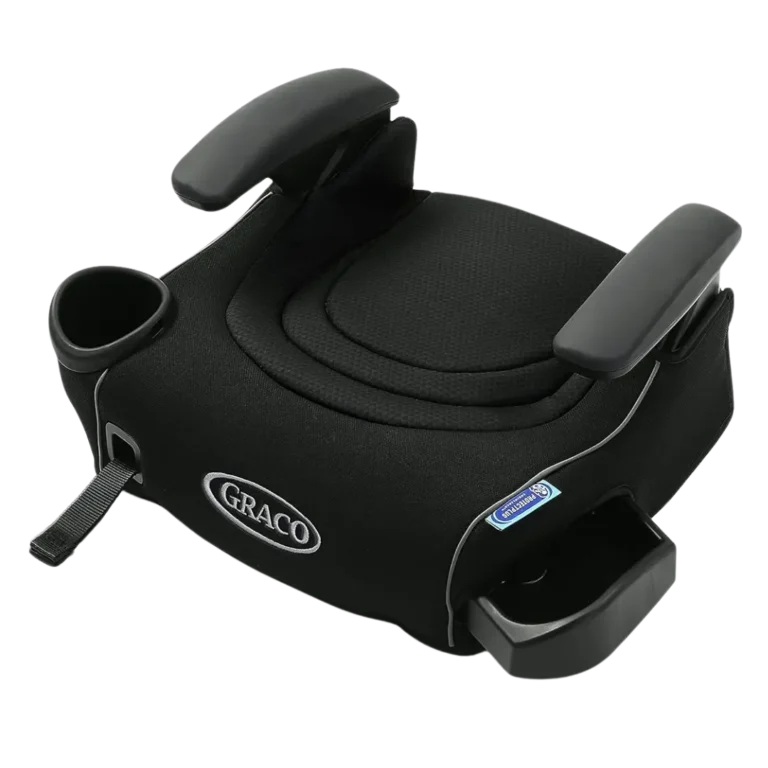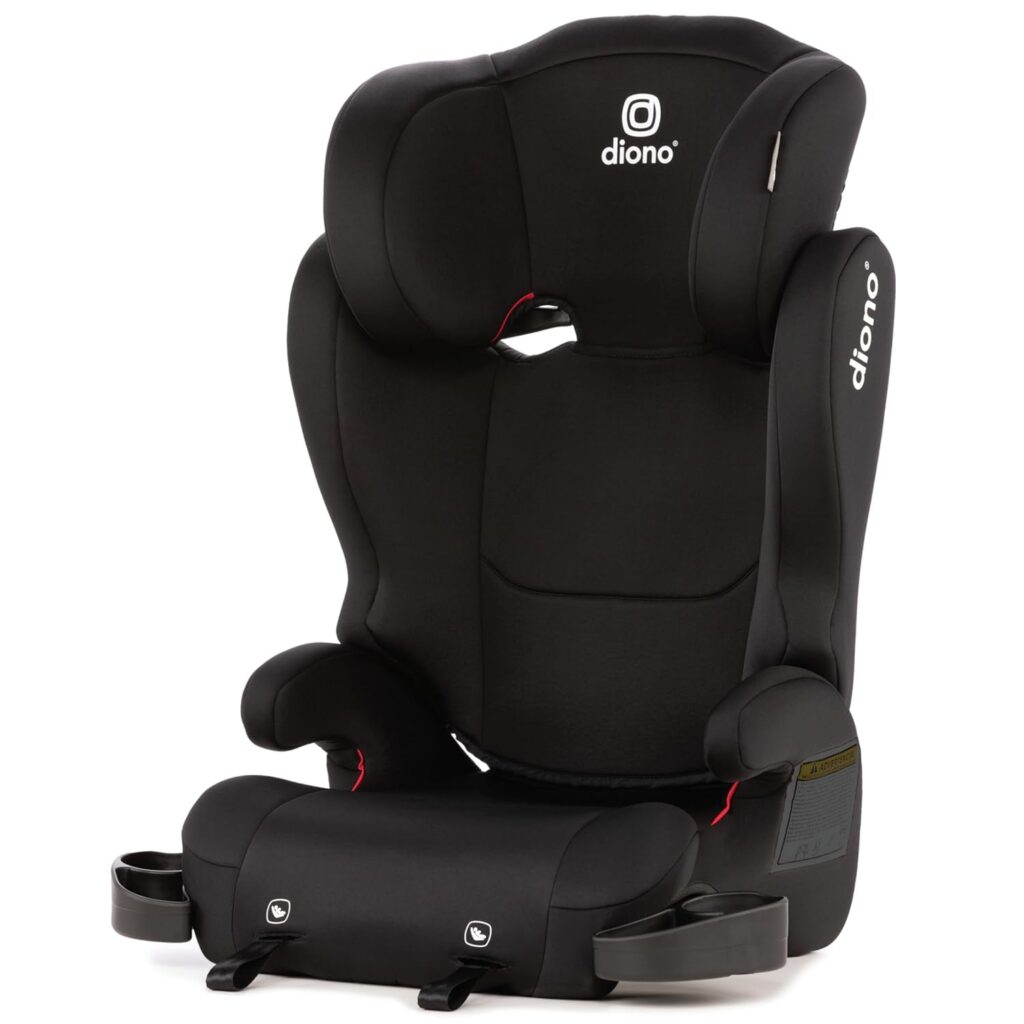Top 5 Belt Positioning Booster Car Seats Reviewed: Which One is Right for You?
As your child grows, so does their need for a safe, reliable, and age-appropriate car seat. When your little one outgrows their forward-facing seat with a harness, the next step is a belt positioning booster car seat — a vital tool that ensures your vehicle’s seat belt fits your child properly for maximum protection.
But with so many models on the market, how do you choose? We’ve done the research and testing to bring you the top 5 booster seats that combine comfort, safety, and value. Whether you’re a first-time parent or upgrading for your growing family, this guide will help you make an informed decision.
What is a Belt Positioning Booster Car Seat?
A belt positioning booster seat is a type of child restraint designed for children who have outgrown a 5-point harness but aren’t yet large enough to safely use a vehicle seat belt alone. Instead of having its own harness, the booster raises the child up so that the car’s lap and shoulder belts are properly aligned with their body.
Purpose and Benefits
- Correct seatbelt fit: Shoulder belt rests on the shoulder, not the neck; lap belt lays across the thighs, not the stomach.
- Improved crash protection: Proper alignment reduces risk of injury in the event of a collision.
- Legal compliance: Many states have laws requiring booster seats until a certain age, height, or weight.
For more details on when to make the transition, check out When to Change from Car Seat to Booster.
What to Look for in a Booster Seat
1. Safety Features
Safety is always the top priority. Look for:
- Side-impact protection: Cushioned wings protect the head and torso.
- LATCH compatibility: Keeps the booster in place even when not in use.
- Strong frame and crash-test ratings: Choose models that meet or exceed federal safety standards.
2. Comfort and Fit
A booster seat should make rides comfortable for your child:
- Thick, supportive padding.
- Adjustable headrests and armrests.
- Breathable, chemical-free materials.
3. Portability and Ease of Use
If you switch seats between vehicles often, consider:
- Lightweight models with carry handles.
- Simple installation process.
- Easy-to-clean covers.
Also consider reading Convertible vs. Booster Seat if you’re in-between stages.
Top 5 Belt Positioning Booster Car Seats
1. Chicco Kidfit Cleartex Plus 2-in-1 Belt-Positioning Booster Car Seat
Why It Stands Out:
This booster from Chicco offers a perfect blend of premium comfort and advanced safety features. Its ClearTex fabric is free from added chemicals, making it a popular choice among eco-conscious parents.
Key Features:
- DuoZone side-impact protection.
- 10-position adjustable headrest.
- Converts to a backless booster.
- Premium LATCH connectors.
Pros:
- Excellent safety ratings.
- Soft, breathable fabric.
- Sturdy build with comfortable cushioning.
Cons:
- Slightly wide for compact vehicles.
- Pricier than some competitors.
Explore more high-back booster seats here.
2. Britax Skyline 2-stage Belt-Positioning Booster Car Seat
Why It Stands Out:
Known for its robust safety engineering, Britax offers a 2-stage seat that grows with your child and provides exceptional head and torso protection.
Key Features:
- Converts from high-back to backless.
- 2 layers of side impact protection.
- Color-coded belt paths.
- Deep foam-lined shell for extra support.
Pros:
- Durable and well-constructed.
- Easy to adjust and install.
- Long-lasting quality.
Cons:
- Bulky design may not suit narrow seats.
- Lacks some of the luxury touches of higher-end seats.
3. Graco TurboBooster LX Highback Booster
Why It Stands Out:
Graco’s reputation for affordability meets quality with this lightweight, LATCH-equipped booster ideal for everyday use.
Key Features:
- Adjustable headrest grows with your child.
- LATCH system for secure installation.
- Dual cup holders and hidden storage.
Pros:
- Easy to move between cars.
- Kid-friendly features like snack trays and holders.
- Great value for the price.
Cons:
- Less cushioning than premium models.
- Limited side-impact protection in backless mode.
Looking for smaller options? See Best Booster Seats for Small Cars.
4. Diono Solana 2 XL 2022
Why It Stands Out:
Designed for older or larger children, the Solana 2 XL delivers comfort and simplicity in a backless-only design — perfect for carpools or occasional use.
Key Features:
- Wide seat base.
- Machine-washable fabric.
- Lightweight with a built-in carry handle.
Pros:
- Ideal for older kids (up to 120 lbs).
- Simple design makes it travel-friendly.
- Affordable.
Cons:
- No high-back option.
- Limited padding and support.
Check out the 5-Point Harness Booster Options.
5. Diono Cambria 2 XL with Dual LATCH Connectors
Why It Stands Out:
With stylish colors and strong safety ratings, the Cambria 2 XL is a favorite among parents who want form and function.
Key Features:
- Converts from high-back to backless.
- Dual LATCH connectors for added stability.
- Six headrest positions.
Pros:
- Easy installation and adjustment.
- Generous padding and seat width.
- Durable and well-made.
Cons:
- Heavier than some alternatives.
- Might be too wide for three-across seating.
For More backless booster options here.
Conclusion: Which One Should You Choose?
The right booster seat depends on your child’s size, your car, and your budget.
- For top-tier safety and eco-friendliness, Chicco KidFit ClearTex Plus is hard to beat.
- If you want a long-term solution with a solid reputation, Britax Skyline is a strong choice.
- For affordability and portability, Graco TurboBooster LX gets the job done.
- Need something simple for an older child? Try the Diono Solana 2 XL.
- Want a balance of design and safety? Diono Cambria 2 XL offers just that.
No matter what, always ensure your child fits the booster seat properly and the seat belt aligns correctly. Safety first!
FAQs About Booster Seats
What age is appropriate for a belt positioning booster seat?
Most children are ready around age 4, once they’ve outgrown their forward-facing harness seat. However, weight and height guidelines (usually 40+ pounds and 38+ inches) are more important than age.
Is a high-back booster better than a backless one?
High-back boosters provide head and neck support, especially in cars without headrests. They’re better for younger or smaller children.
How long should my child use a booster?
Until they are at least 4’9” and can sit against the seat back with knees bent over the edge — typically between 10–12 years old.
Can I use a booster without LATCH?
Yes. LATCH is optional on boosters because they use the vehicle’s seat belt. However, LATCH can keep the booster from sliding when empty.
Are used booster seats safe?
Avoid buying used unless you know its history. Booster seats can expire or have hidden damage from prior accidents.




